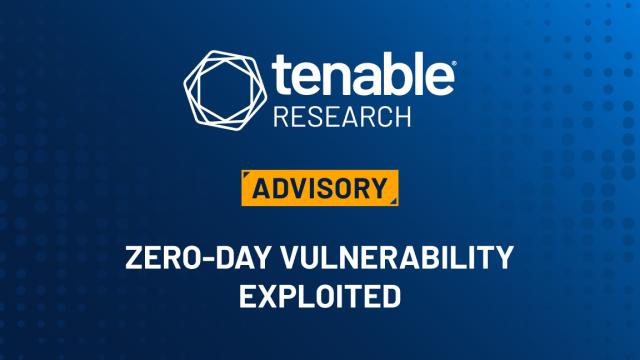CVE-2023-20198: Zero-Day Vulnerability in Cisco IOS XE Exploited in the Wild

A maximum severity CVSS 10 zero-day vulnerability in Cisco IOS XE has been exploited in the wild. Organizations should apply the mitigation steps from Cisco as soon as possible until patches are released.
Background
On October 16, Cisco’s Talos published a blog post warning of a zero-day vulnerability in the Web User Interface (Web UI) feature of Cisco IOS XE software that has been exploited in the wild by unknown threat actors. Cisco warns that successful exploitation could allow attackers to create an account with level 15 access, the highest privilege level that gives the user full control over the router.
Cisco Talos was alerted to the issue after a support case was investigated on September 28th. During their investigation, Cisco found evidence as early as September 18th, where a new user account was created by an unknown and suspicious IP address. Additional threat activity was observed on October 12, where a user account was created and a configuration file was uploaded to allow the threat actor to execute commands and maintain persistent access to the affected device.
Analysis
CVE-2023-20198 is a privilege escalation vulnerability affecting Cisco IOS XE software, receiving the highest possible CVSS score of 10. Successful exploitation of this vulnerability would allow an attacker to create a user account with full administrative privileges. While no details have been provided, Cisco states that the vulnerability lies within the Web UI feature.
CVE-2021-1435 abused to install an implant
According to Cisco Talos, the threat actors were observed using an older vulnerability, CVE-2021-1435 to install an implant after abusing CVE-2023-20198 to gain access to the device. CVE-2021-1435 is a command injection vulnerability affecting the Web UI of Cisco IOS XE software. The vulnerability would allow an authenticated attacker to inject arbitrary code that would be executed as the root user. This vulnerability was patched by Cisco in March 2021. Curiously, Cisco Talos blog mentions that they have observed devices that were fully patched against CVE-2021-1435, in which the threat actors were still able to deploy their implant. At the time their blog was released, it was not known how they were able to do so.
A great analysis of the observed implant can be found in the blog post released by Cisco Talos. We strongly recommend referring to the blog post for more information on the observations made during their investigation of compromised devices.
Historic exploitation of Cisco IOS XE
CVE-2023-20198 is the second zero-day in Cisco IOS XE disclosed this month. On September 28, Cisco released an advisory warning of CVE-2023-20109, a medium severity out-of-bounds write vulnerability in the Cisco Group Encrypted Transport VPN (GET VPN) feature of Cisco IOS and Cisco IOS XE. The vulnerability could allow a remote, authenticated attacker with administrator privileges on a key server or group member to execute code on or crash a vulnerable device. Cisco’s advisory states that they observed attempted exploitation of the GET VPN feature and identified the vulnerability after performing a review of the code as part of their investigation.
Proof of concept
At the time this blog was published on October 16, no proof-of-concept code was found to be publicly available for CVE-2023-20198.
Solution
As of October 16, Cisco’s security advisory states that “Cisco will provide updates on the status of this investigation and when a software patch is available.” In the absence of patches, Cisco does recommend disabling the HTTP Server feature on any Cisco IOS XE systems that are internet-facing. The advisory provides steps on how to disable the feature as well as steps on how to determine if the HTTP Server feature is enabled. Additionally, the Cisco security advisory outlines an additional command to run after disabling the HTTP Server feature, to ensure that the feature is not re-enabled after a system reload.
The blog from Cisco Talos as well as the Cisco security advisory also include some indicators of compromise to assist in incident response investigations.
Identifying affected systems
A list of Tenable plugins to identify affected systems can be located on the individual CVE page for CVE-2023-20198. This link will display all available plugins for this vulnerability, including upcoming plugins in our Plugins Pipeline.
While patches have not yet been released, you can identify Cisco IOS XE systems across your organization by utilizing the asset detection Plugin ID 67217.
Get more information
Join Tenable’s Security Response Team on the Tenable Community.
Learn more about Tenable One, the Exposure Management Platform for the modern attack surface.

